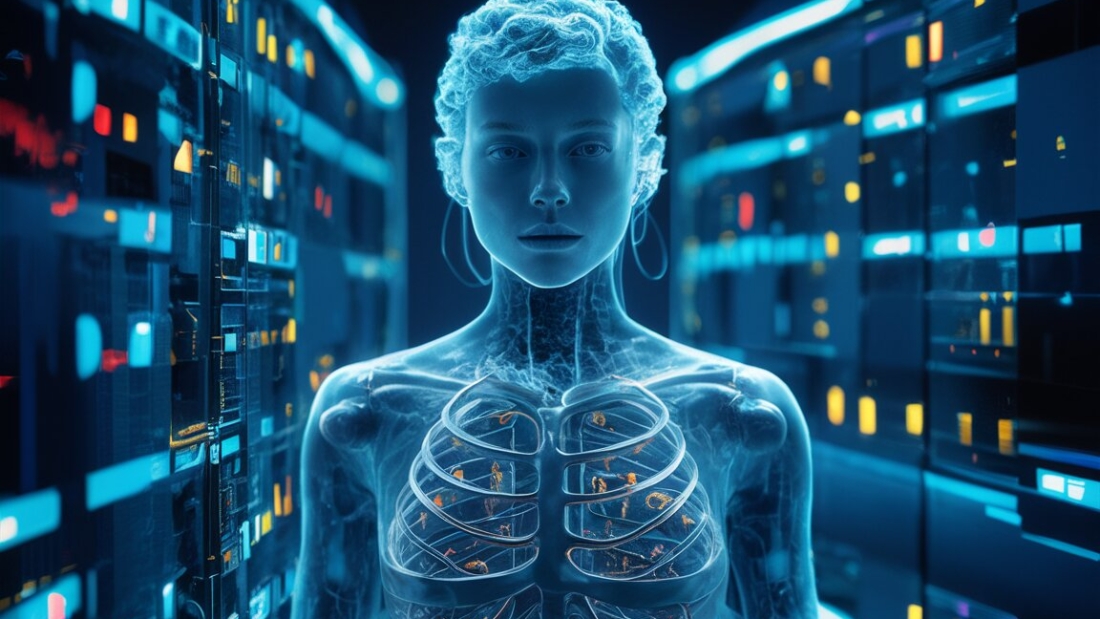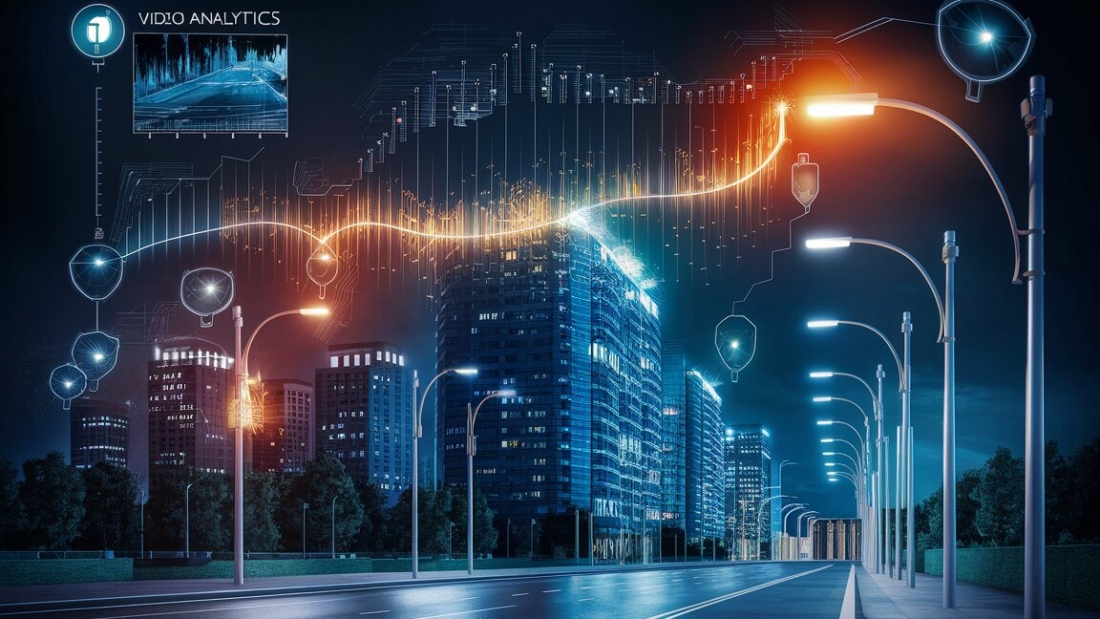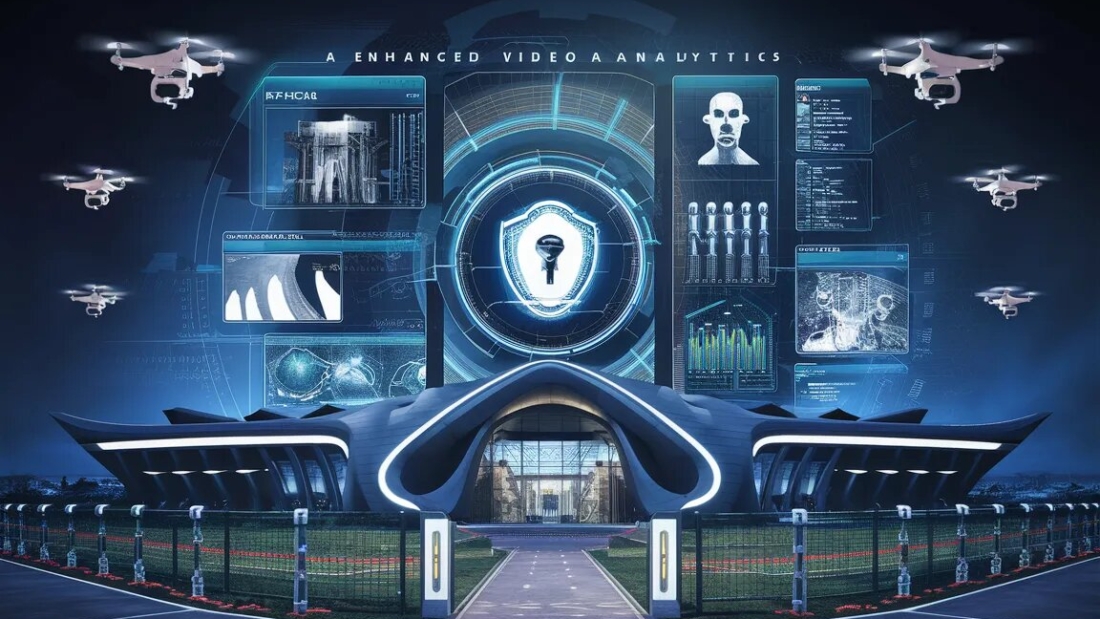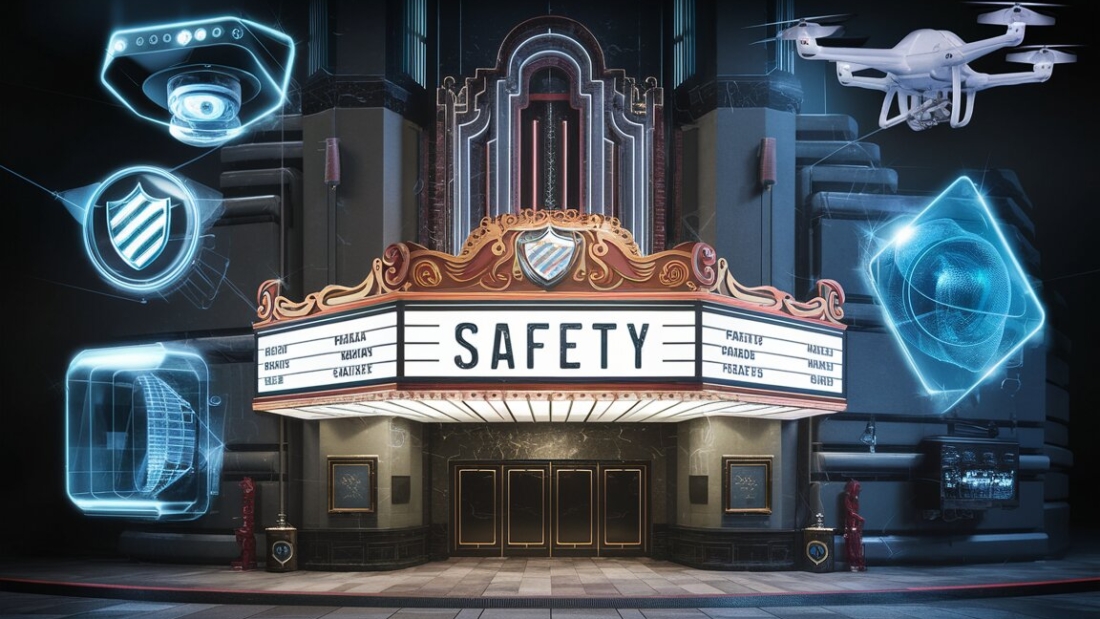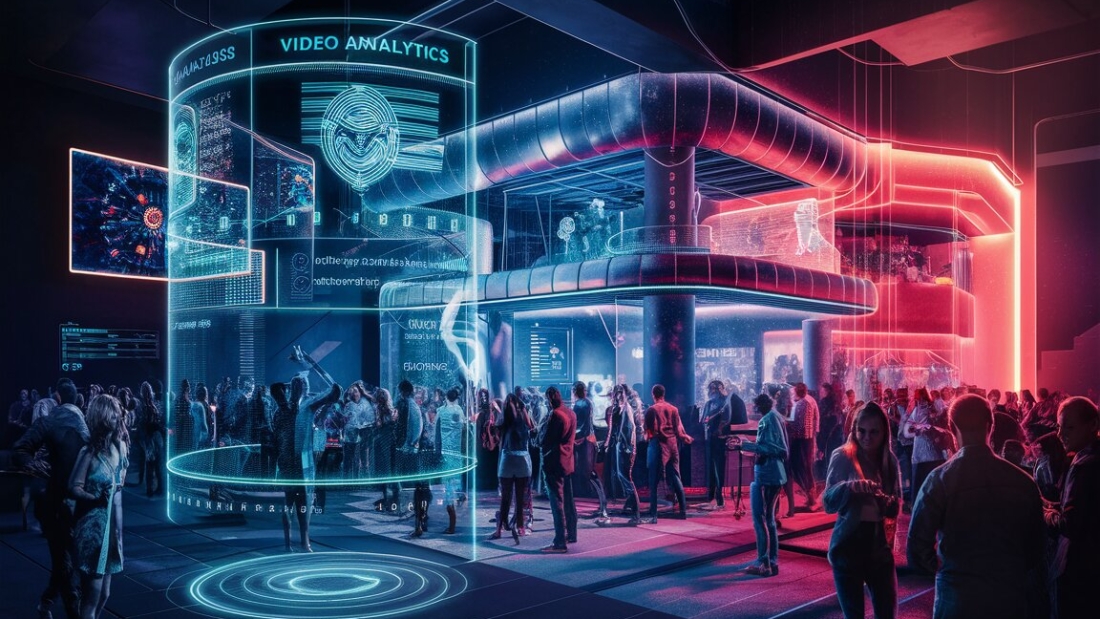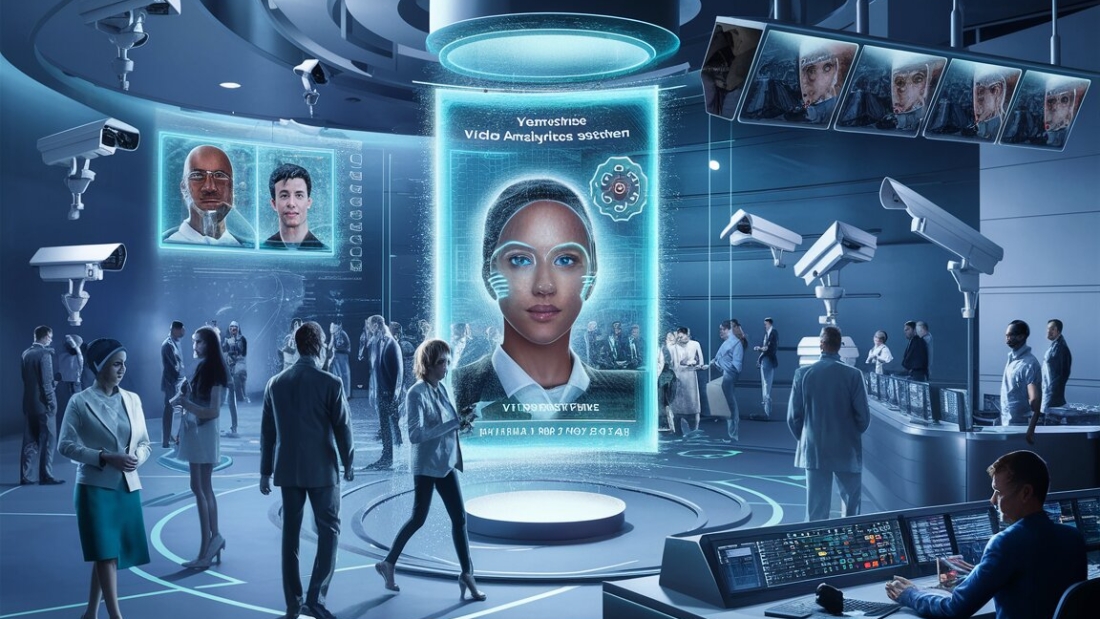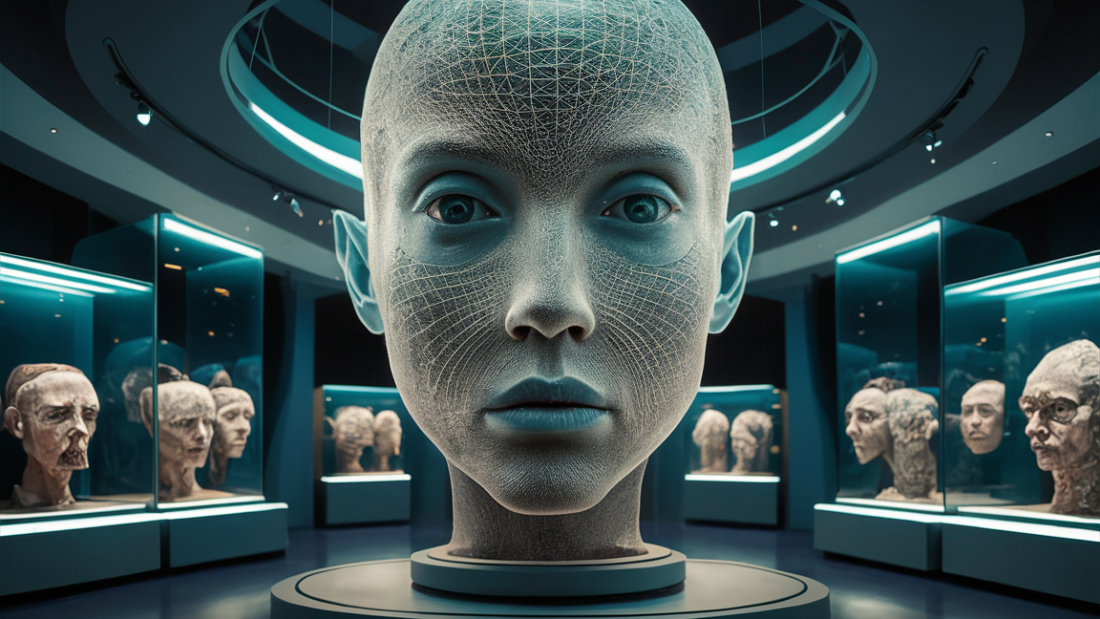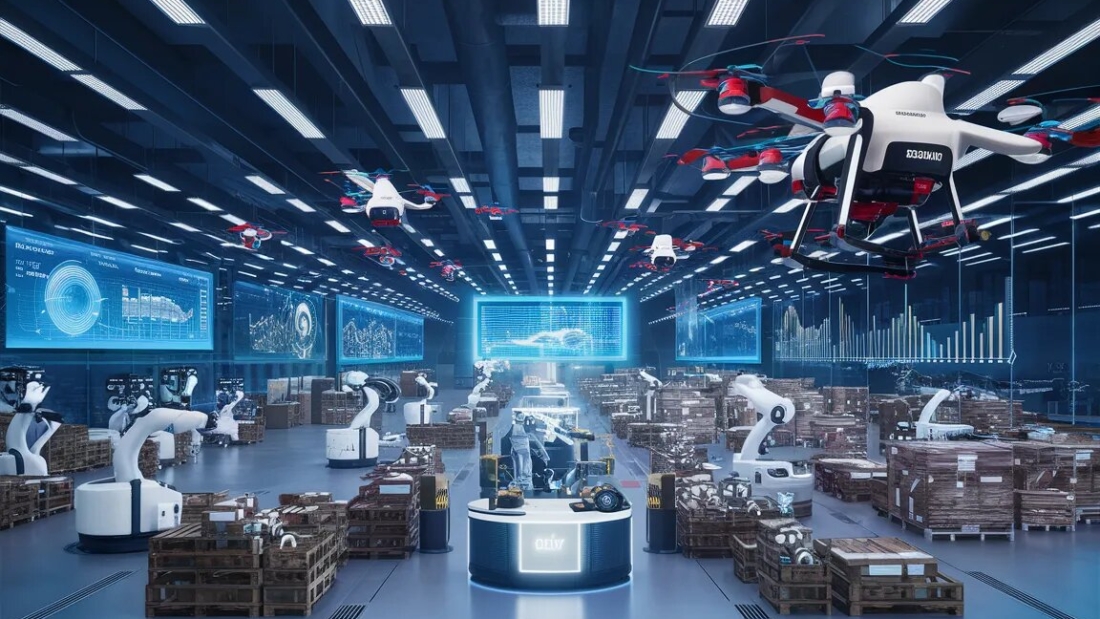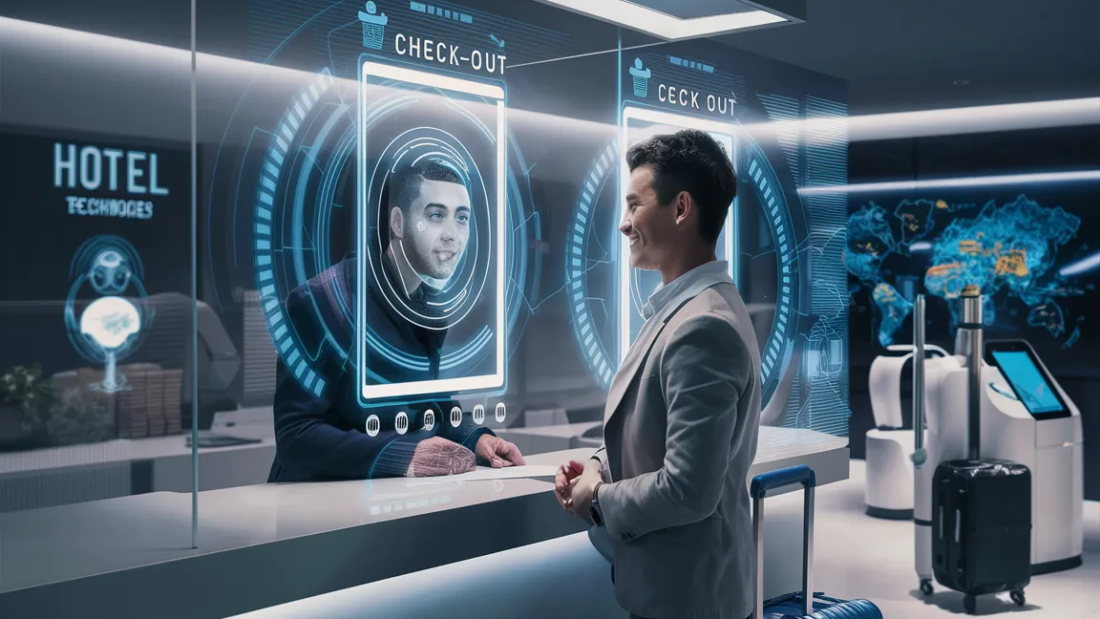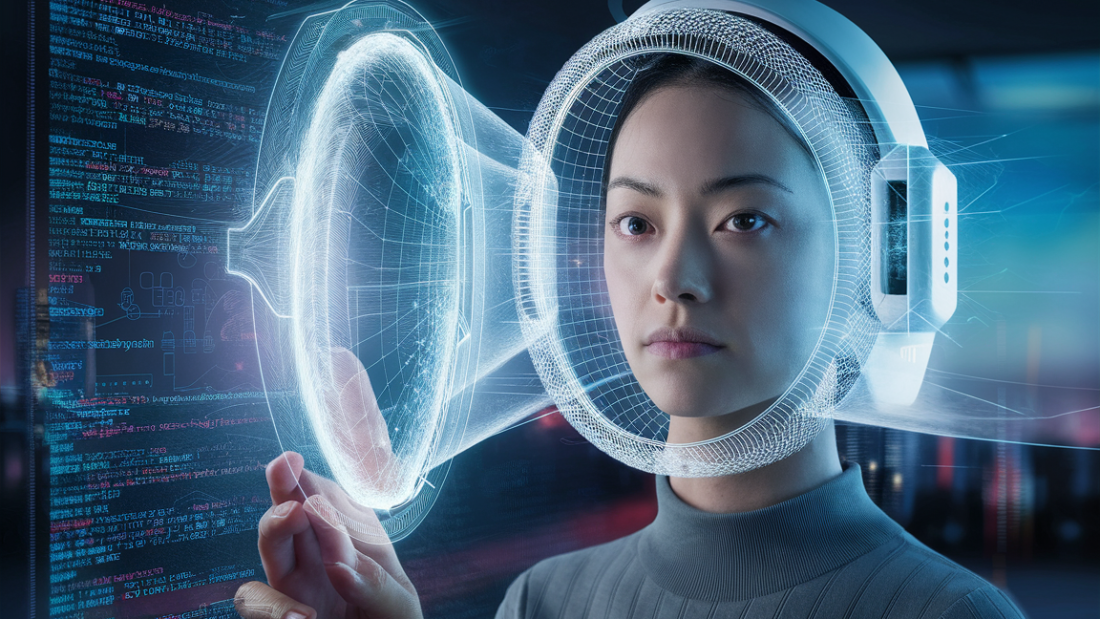In the dynamic world of digital marketing, harnessing the power of video analytics can make or break your strategy. Understanding viewer behavior, engagement levels, and preferences is key to optimizing content for maximum impact. Video analytics, powered by cameras and computer vision, provide invaluable insights through tracking and metadata that traditional metrics like views and likes simply cannot match. By delving into data such as watch time, drop-off points, and click-through rates, businesses can tailor their videos to resonate with their target audience effectively. This data-driven approach allows for precise decision-making and strategic planning that sets successful campaigns apart from the rest.
Key Takeaways
Implement video analytics technology to enhance pharmaceutical operations by monitoring processes and ensuring product quality and safety.
Utilize video analytics for advancing drug development through efficient data collection and analysis.
Optimize the supply chain by leveraging video analytics applications to track and improve logistics processes.
Overcome implementation challenges by staying informed about the benefits and future trends in video analytics.
Stay ahead of the curve by understanding the evolving landscape of video analytics technology in pharmaceutical operations.
Embrace the potential of video analytics to revolutionize drug development, supply chain management, and overall operational efficiency.
Understanding Video Analytics Technology
Basics
Video analytics technology involves analyzing video content from cameras to extract meaningful insights, motion detection, and tracking data. It uses advanced algorithms to process visual information captured by cameras.
Video analytics can detect objects, track movements, recognize faces, and analyze behaviors. This technology, including cameras and video analytics solutions, is widely used in security systems, retail stores, traffic management, and marketing campaigns.
Real-time Functionality
Video analytics operates in real-time, providing instant analysis of live video feeds from cameras. It can identify anomalies, trigger alerts for suspicious activities, and streamline decision-making processes.
By leveraging machine learning, artificial intelligence, cameras, tracking, and software, video analytics systems continuously improve their accuracy and efficiency. They enable prompt responses to events as they unfold.
Importance in Industries
Video analytics plays a crucial role in various industries by enhancing security measures, optimizing operations, and improving customer experiences. It helps businesses make data-driven decisions based on visual information using applications and software.
In the retail sector, video analytics tracks customer movements within stores to optimize product placements and enhance marketing strategies. This technology also aids in detection, monitoring employee performance, and preventing theft.
In the healthcare industry, video analytics assists in ensuring patient safety through monitoring hospital premises with cameras and tracking medical equipment. It enhances operational efficiency by automating tasks like patient check-ins and staff scheduling.
Pros:
Enhances security measures
Optimizes operations
Improves customer experiences
Cons:
Potential privacy concerns
Initial setup costs may be high
Challenges in Pharmaceutical Operations
Regulatory Compliance
Pharmaceutical operations face regulatory compliance challenges due to the stringent guidelines set by authorities. Ensuring that every process aligns with regulatory standards is crucial.
Maintaining compliance requires constant monitoring of operations to guarantee that they meet regulatory requirements. Any deviation can lead to severe consequences, including fines and legal actions.
Data Security Concerns
Data security and privacy concerns are paramount in the pharmaceutical industry due to the sensitive nature of the information handled. Protecting patient data and intellectual property is a top priority.
Pharmaceutical companies must implement robust cybersecurity measures to safeguard against data breaches and unauthorized access. Failure to do so can result in reputational damage and financial losses.
Managing Data Volume
The pharmaceutical industry grapples with the complexities of managing large volumes of data, especially in drug development processes. Analyzing vast amounts of data efficiently is essential for making informed decisions.
Effective strategies for managing data volume involve utilizing advanced analytics tools to streamline processes and extract valuable insights. This ensures that data-driven decisions are made promptly and accurately.
Video Analytics Applications
Retail Analysis
Video analytics software plays a crucial role in retail by analyzing customer behavior. It helps retailers understand foot traffic patterns, popular product zones, and peak shopping hours through camera detection.
Retailers utilize video analytics solutions for detection to optimize store layouts, improve product placements, and enhance overall customer experience. By tracking customer movements through video content analysis, retailers can make data-driven decisions to boost sales.
Smart Cities Management
In smart cities, video analytics is instrumental in traffic management. Through video surveillance, authorities monitor traffic flow, identify congested areas, and implement efficient traffic control measures.
Analytics software processes live video footage from cameras to detect traffic violations, manage signals effectively, and ensure smooth vehicle movement. This technology enhances road safety and reduces congestion in urban areas.
Healthcare Monitoring
In healthcare settings, video analytics solutions are utilized for patient monitoring. Hospitals use algorithm analytics to track patient movements, monitor vital signs remotely, and enhance overall patient care.
Advancing Drug Development
Clinical Trials
Video analytics play a crucial role in advancing drug development by enhancing the efficiency of clinical trials. By analyzing vast amounts of data from video recordings, researchers can gain valuable insights into patient behavior and responses to treatments. This technology enables pharmaceutical companies to streamline the drug development process.
Utilizing video analytics in clinical trials allows for real-time monitoring of patients, leading to more accurate data collection. This improves the overall quality of the trial results and accelerates the decision-making process for drug developers. With the ability to track patient movements, emotions, and vital signs through video analysis, researchers can make informed decisions promptly.
Drug Discovery
In the realm of drug discovery processes, video analytics offers a unique advantage by providing detailed insights into how potential drugs interact with biological systems. By employing this technology, scientists can observe and analyze cellular responses to various compounds in real time. This leads to more efficient identification of promising drug candidates.
The use of video analytics in drug discovery enables researchers to visualize complex interactions at a microscopic level. By tracking changes in cell behavior and morphology through video recordings, scientists can pinpoint the most effective compounds for further testing. This accelerates the drug discovery pipeline, ultimately expediting the development of new medications.
Personalized Medicine
The potential of video analytics in personalized medicine is vast, offering tailored treatments based on individual patient characteristics and responses. By analyzing video data related to patient health and lifestyle factors, healthcare providers can create personalized treatment plans that address specific needs effectively.
Through video analytics, healthcare professionals can monitor patient progress remotely and adjust treatment regimens accordingly. This proactive approach ensures that patients receive optimized care based on real-time data analysis. The integration of video technology in personalized medicine enhances patient outcomes and promotes a more individualized approach to healthcare delivery.
Ensuring Product Quality and Safety
Improving Manufacturing Quality Control
Video analytics play a crucial role in monitoring manufacturing processes to ensure product quality and safety. By utilizing advanced automation technologies, companies can enhance their quality control measures significantly. Video analytics systems can detect defects or irregularities in real-time, allowing for immediate corrective actions to be taken.
Implementing video analytics in manufacturing not only improves operational efficiency but also enhances the overall product quality. These systems can analyze production lines continuously, identifying any deviations from the standard procedures. This proactive approach enables companies to maintain high standards and deliver defect-free products to consumers.
Detecting Anomalies in Production Processes
One of the key benefits of video analytics is its ability to detect anomalies in production processes promptly. By leveraging machine learning algorithms, these systems can identify unusual patterns or behaviors that may indicate potential issues. For instance, anomalies such as equipment malfunctions or deviations from standard operating procedures can be quickly identified and addressed.
Through real-time monitoring and analysis, video analytics systems provide valuable insights into the production environment. By detecting anomalies early on, manufacturers can prevent costly errors, reduce downtime, and improve overall operational efficiency. This proactive approach ensures that products meet quality standards consistently.
Ensuring Product Authenticity
Video analytics plays a critical role in ensuring product authenticity by verifying the integrity of the manufacturing process. These systems can track various aspects such as license plate recognition, clothing colors of personnel, and timestamps to validate the authenticity of products. By analyzing this data, companies can verify the origin of materials used and ensure compliance with industry regulations.
Optimizing the Supply Chain
Inventory Management
Video analytics play a crucial role in optimizing the supply chain by streamlining inventory management processes. By utilizing video analytics, businesses can accurately track and monitor inventory levels in real-time. This technology helps identify discrepancies, such as theft or misplaced items, ensuring efficient inventory control.
Implementing video analytics in physical stores enables retailers to gain valuable insights into customer behavior. By analyzing customer traffic patterns, businesses can make data-driven decisions to improve store layouts and product placements. This optimization leads to enhanced customer experiences and increased sales.
Predictive Maintenance
Incorporating video analytics for predictive maintenance of equipment is another significant application within the supply chain. By monitoring equipment performance through video surveillance, businesses can detect anomalies early on and schedule maintenance before breakdowns occur. This proactive approach minimizes downtime and reduces maintenance costs.
Utilizing video analytics for predictive maintenance not only enhances operational efficiency but also prolongs the lifespan of equipment. By identifying potential issues promptly, businesses can address them before they escalate, ensuring smooth operations and uninterrupted production cycles.
Supply Chain Visibility
Enhancing supply chain visibility is a key benefit of leveraging video analytics in optimizing the supply chain. With advanced video monitoring systems, businesses can track shipments, monitor loading and unloading processes, and identify bottlenecks in transportation routes. This level of visibility enables companies to make informed decisions to improve overall supply chain efficiency.
Benefits of Video Analytics
Cost Savings
Implementing video analytics can lead to significant cost savings for businesses. By monitoring and analyzing video data, companies can identify inefficiencies in their operations, such as unnecessary energy consumption or resource wastage. This insight enables them to make informed decisions to streamline processes and reduce expenses.
Companies utilizing video analytics have reported a reduction in operational costs by up to 20%. For instance, retail stores use video analytics to optimize store layouts, leading to better customer flow and increased sales. This not only improves the overall shopping experience but also boosts revenue while minimizing unnecessary expenditures.
Decision-Making Enhancement
Video analytics plays a crucial role in enhancing decision-making processes across various industries. By providing real-time insights through data analysis, businesses can make informed decisions promptly. For example, in the healthcare sector, hospitals use video analytics to monitor patient flows and optimize staff allocation based on demand.
The ability of video analytics to detect patterns and trends aids businesses in making strategic decisions that positively impact their bottom line. By analyzing customer behavior captured on video, companies can tailor marketing strategies effectively, resulting in higher conversion rates and increased customer satisfaction.
Operational Efficiency Improvement
One of the key benefits of video analytics is its capability to improve operational efficiency. Through continuous monitoring and analysis of video footage, organizations can identify bottlenecks in their processes and implement corrective measures promptly. This leads to smoother operations and enhanced productivity.
Implementation and Challenges
Data Accuracy
Data accuracy is crucial in video analytics implementation to ensure reliable results for various scenarios. Inaccurate data can lead to flawed algorithms and incorrect outcomes, impacting decision-making processes.
Skilled professionals must focus on maintaining high levels of data accuracy by regularly validating and calibrating the system. Without this, the entire process can be compromised, affecting the overall effectiveness of the solution.
Integration Challenges
Integrating video analytics into existing systems poses several challenges due to compatibility issues and differing management approaches. Legacy systems may not support modern video analytics technologies, requiring significant modifications for seamless integration.
One major challenge is the need to align the goals of video analytics with the existing infrastructure. This involves redefining workflows and ensuring that the new approach complements rather than disrupts current operations.
Skilled Workforce
The successful implementation of video analytics solutions heavily relies on a skilled workforce capable of handling complex tasks such as algorithm development, system maintenance, and data analysis. Professionals with expertise in machine learning and computer vision are essential for optimizing video analytics performance.
Moreover, continuous training is necessary to keep up with evolving technologies and algorithms, ensuring that the workforce remains competent in utilizing advanced video analytics tools effectively.
Reliability Concerns
Ensuring the reliability of video analytics results is paramount for organizations relying on these systems for critical decision-making processes. The ability to accurately detect anomalies, recognize patterns, and provide actionable insights hinges on the reliability of the underlying algorithms and models.
To address reliability concerns, regular testing and validation procedures should be implemented to assess the performance of video analytics systems across different use cases. This iterative process helps identify weaknesses and fine-tune algorithms for improved accuracy.
Resource Management
Effective resource management is essential for maximizing the coverage and efficiency of video analytics systems. Allocating resources strategically based on analysis requirements ensures optimal utilization while minimizing costs associated with unnecessary data processing.
Future Trends in Video Analytics
Artificial Intelligence
Intelligent video analytics powered by artificial intelligence is revolutionizing the capabilities of surveillance systems. By leveraging computer vision and deep learning, video analytics can now detect complex patterns and anomalies with precision.
Artificial intelligence enables intelligent CCTV and security cameras to analyze vast amounts of data in real-time, enhancing overall security measures. The integration of facial recognition systems further strengthens surveillance by identifying individuals accurately.
Edge Computing
The emergence of edge AI has significantly impacted video analytics by enabling data processing at the source, reducing latency and bandwidth usage. With edge computing, surveillance systems can operate efficiently even in remote locations with limited connectivity.
By utilizing edge AI, video analytics can perform rapid analysis on-site, allowing for immediate response to security threats. This advancement enhances the overall effectiveness of surveillance systems in various environments.
Future Applications
The future of video analytics lies in its integration with emerging technologies such as the Internet of Things (IoT) and 5G networks. By combining video analytics with IoT devices, businesses can optimize operations through real-time monitoring and decision-making.
Moreover, the incorporation of video analytics into autonomous vehicles paves the way for enhanced safety features and navigation systems. Facial recognition technology integrated into surveillance cameras offers personalized security solutions based on individual preferences.
Summary
You’ve delved into the realm of video analytics, uncovering its pivotal role in pharmaceutical operations. From enhancing drug development to ensuring product quality and safety, video analytics stands as a game-changer. By optimizing the supply chain and reaping the numerous benefits it offers, you pave the way for a more efficient and secure pharmaceutical landscape. As you contemplate the future trends in video analytics, envision the possibilities it holds for revolutionizing drug development further.
Embrace the power of video analytics in pharmaceutical operations and stay ahead of the curve. Implement these insights to drive innovation, enhance efficiency, and elevate safety standards in your operations. The future of pharmaceuticals is within reach – seize it with video analytics at your side.
Frequently Asked Questions
What is Video Analytics Technology?
Video Analytics Technology is a tool that analyzes video content to extract meaningful insights for various applications, such as security monitoring, customer behavior analysis, and performance optimization.
How can Video Analytics benefit pharmaceutical operations?
Implementing Video Analytics in pharmaceutical operations can help enhance quality control, ensure compliance with regulations, improve operational efficiency, and streamline supply chain management processes.
What are some key applications of Video Analytics?
Video Analytics has diverse applications including security surveillance, retail analytics, traffic monitoring, crowd management, industrial automation, and smart city development among others.
What are the challenges associated with implementing Video Analytics?
Challenges in implementing Video Analytics include data privacy concerns, integration with existing systems, ensuring accuracy of analysis results, scalability issues, and the need for skilled personnel to interpret data effectively.
What are some future trends in Video Analytics technology?
Future trends in Video Analytics include advancements in AI and machine learning algorithms for more accurate insights, integration with IoT devices for real-time data processing, enhanced video summarization techniques, and increased focus on privacy-preserving methods.
